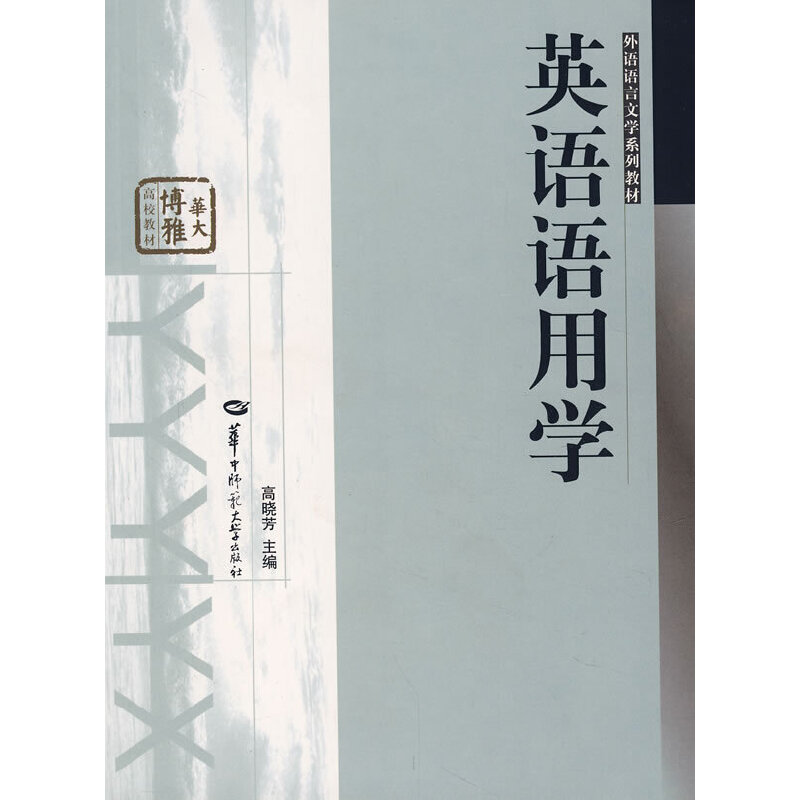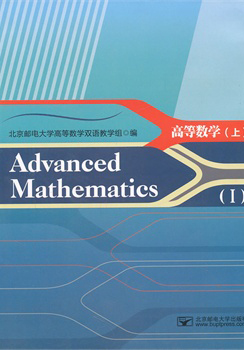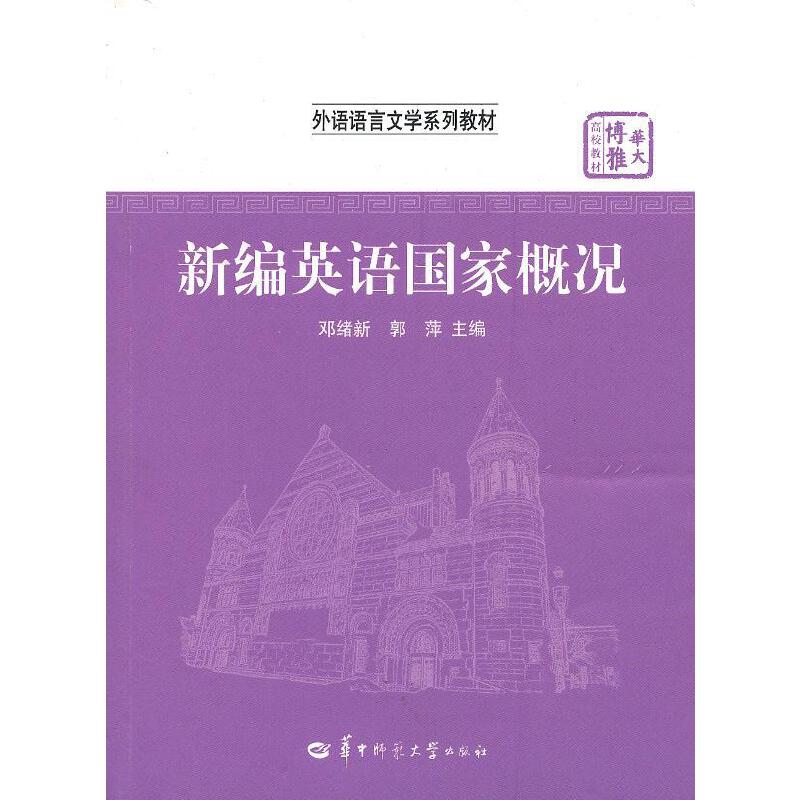英语语用学 / 华大博雅高校教材、外语语言文学系列教材
定价:¥24.00
作者: 高晓芳
出版时间:2012年8月
出版社:华中师范大学出版社
- 华中师范大学出版社
- 9787562236986
- 1-2
- 124062
- 51183274-3
- 平装
- 16开
- 2012年8月
- 250
- H313
- 外语
- 本科、高职
目录
Chapter Ⅰ Pragmatics and pragmatic aspects of language use 1.1 A historical overview of the term "pragmatics" 1.2 Pragmatics as a branch of linguistics 1.3 Pragmatic aspects of language use 1.3.1 Appropriacy 1.3.2 Indirect meaning 1.3.3 Indeterminacy 1.3.4 Context 1.4 The scope of pragmatics Exercises and reviewing questions Further readingChapter Ⅱ Deixis 2.1 The notion of deixis 2.2 Deictic usage vs.non-deictic usage 2.3 Types of deixis 2.3.1 Person deixis 2.3.2 Time deixis 2.3.3 Place deixis 2.3.4 Discourse deixis 2.3.5 Social deixis Exercises and reviewing questions Further readingChapter Ⅲ Implicature and cooperative principle 3.1 The notion of conversational implicature 3.2 Cooperative principle in theory of conversational implicature 3.3 Types of conversational implicature 3.3.1 Standard conversational implicature via observing maxims 3.3.2 Particularized conversational implicature via flouting maxims 3.3.3 Generalized conversational implicature 3.4 Features of conversational implicature 3.5 Importance of Grice's theory of conversational implicature 3.6 Conventional implicatures Exercises and reviewing questions Further readingChapter Ⅳ Relevance theory 4.1 General introduction 4.2 Cognitive environment and mutual manifestness 4.3 Relevance and cognitive principle of relevance 4.3.1 Relevance 4.3.2 Cognitive principle of relevance 4.4 Relevance and communication 4.4.1 Optimal relevance 4.4.2 Communicative principle of relevance 4.5 Ostensive-inferential communication 4.5.1 Ostensive communication on the part of the communicator 4.5. Further readingChapter Ⅴ Presupposition 5.1 Philosophical background 5.2 Semantic presupposition 5.2.1 Presupposition triggers 5.2.2 Defeasibility 5.2.3 The projection problem 5.3 Pragmatic presupposition Exercises and reviewing questions Further readingChapter Ⅵ Speech act theory 6.1 Introduction 6.2 Austin's speech act theory: origin and foundation 6.2.1 Constatives and performatives 6.2.2 Felicity conditions 6.2.3 Features of performatives 6.2.4 Three kinds of speech act 6.2.5 Austin's classification of illocutionary acts 6.3 Searle's speech act theory: revision and development 6.3.1 The redefinition of speech act 6.3.2 Reclassification of speech act 6.3.3 Searle's felicity conditions 6.3.4 Reclassification of illocutionary acts 6.3.5 Indirect speech acts 6.4 The late development of speech act theory 6.4.1 The study on perlocution 6.4.2 The applied study of speech acts Exercises and reviewing questions Further readingChapter Ⅶ Conversation analysis 7.1 Introduction 7.2 Turn-taking 7.2.1 Definition and features of turn-taking 7.2.2 The turn-taking system 7.3 Adjacency pairs 7.4 Conversation structure 7.4.1 Overlap, pause and backehannel item 7.4.2 Pre-sequences, insertion sequences and post-sequences 7.5 Preference organization 7.5.1 Preference in repairs 7.5.2 Preferred and dispreferred second turns Exercises and reviewing questions Further readingReferencesAppendix: transcription conventions










